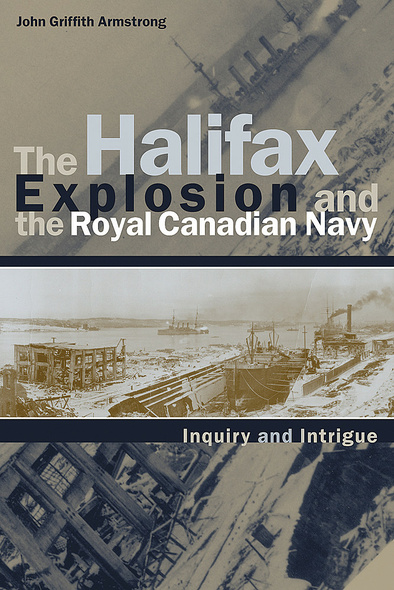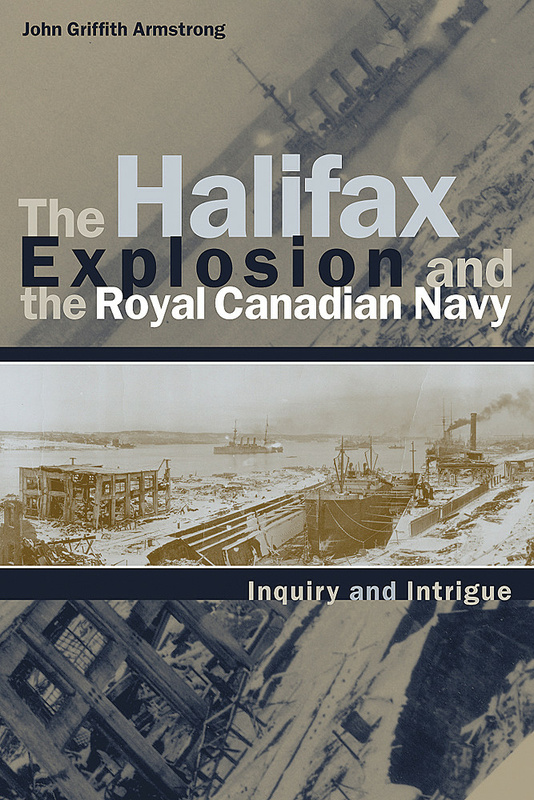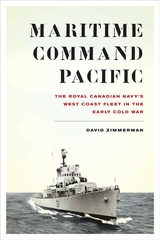
The Halifax Explosion and the Royal Canadian Navy
Inquiry and Intrigue
The Halifax Explosion of 1917 is a defining event in the Canadian consciousness, yet it has never been the subject of a sustained analytical history. Astonishingly, until now no one has consulted the large federal government archives that contain first-hand accounts of the disaster and the response of national authorities.
Canada's recently established navy was at the epicentre of the crisis. Armstrong reveals the navy's compelling, and little-known, story by carefully retracing the events preceding the disaster and the role of the military in its aftermath. He catches the pulse of disaster response in official Ottawa and provides a compelling analysis of the legal manoeuvres, rhetoric, blunders, public controversy, and crisis management that ensued. His disturbing conclusion is that federal officials knew of potential dangers in the harbour before the explosion, took no corrective action, and kept the information from the public. As a result, a Halifax naval officer was made a scapegoat and the navy received lasting, and mostly undeserved, vilification.
This is a provocative read not only for military and naval devotees but for anyone who wants to understand one of the events that shaped Canada in the twentieth century.
Awards
- 2002, Shortlisted - Dartmouth Non-Fiction Book Award, Atlantic Writing Awards
- 2003, Shortlisted - Keith Matthews Prize, Canadian Nautical Research Society
- 2003, Winner - John Lyman Book Award, North American Society for Oceanic History
- 2002, Shortlisted - Margaret and John Savage First Book Award, Atlantic Writing Awards
Armstrong’s account and analysis adds considerably to our knowledge not only of the explosion, but also of the influence of the media, and the concerns of Ottawa. Having spent years in the latter as an official historian, the author has had first-hand knowledge of how covers-up work.
While the disaster has been subject of several popular histories, until now, the event has not been given the detailed scholarly study required to sweep away myth and provide an accurate account of what took place. John Griffith Armstrong has undertaken the first such academic work, and it is a very good study indeed. Armstrong’s focus is the role of the Royal Canadian and Royal navies in the events leading up to the explosion, its aftermath, and the investigations that followed. By shifting the attention of the reader away from the calamity that befell the city, Armstrong has provided a remarkable fresh look into the explosion.
Illustrations
Foreword / J.L. Granatstein
Acknowledgments
Introduction: Through Sailors’ Eyes
1 The RCN in Halifax -- December 1917
2 Towards the Unthinkable
3 Halifax Tide
4 Through the Grim Day
5 Reaction and Recovery
6 Of Sailors, Lawyers, Goats, and Newspapers
7 Goats to the Slaughter
8 Covering the Tracks
Notes
Bibliography
Index





